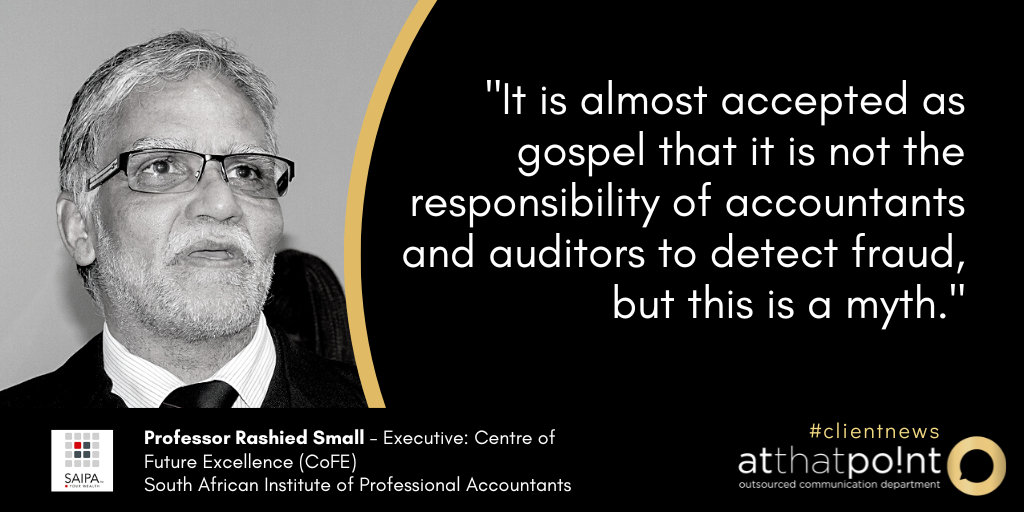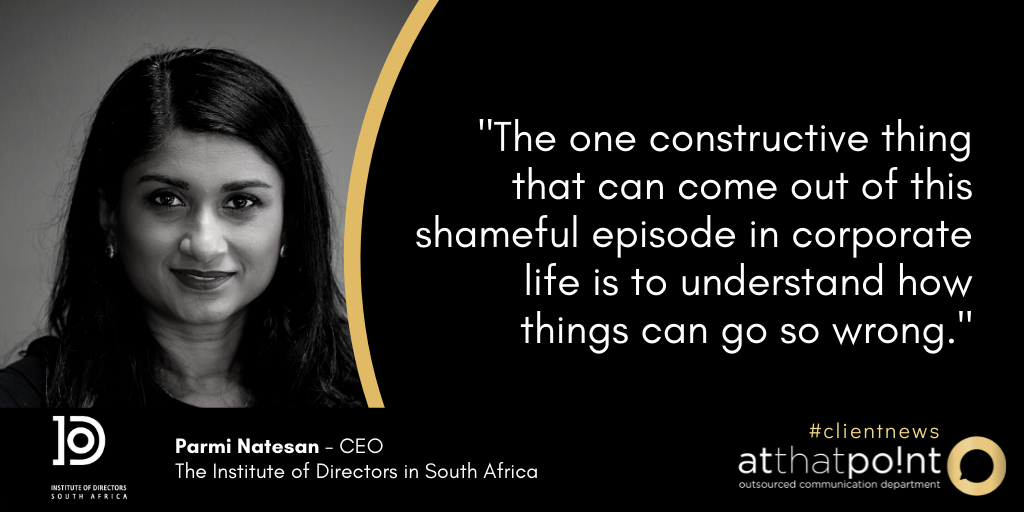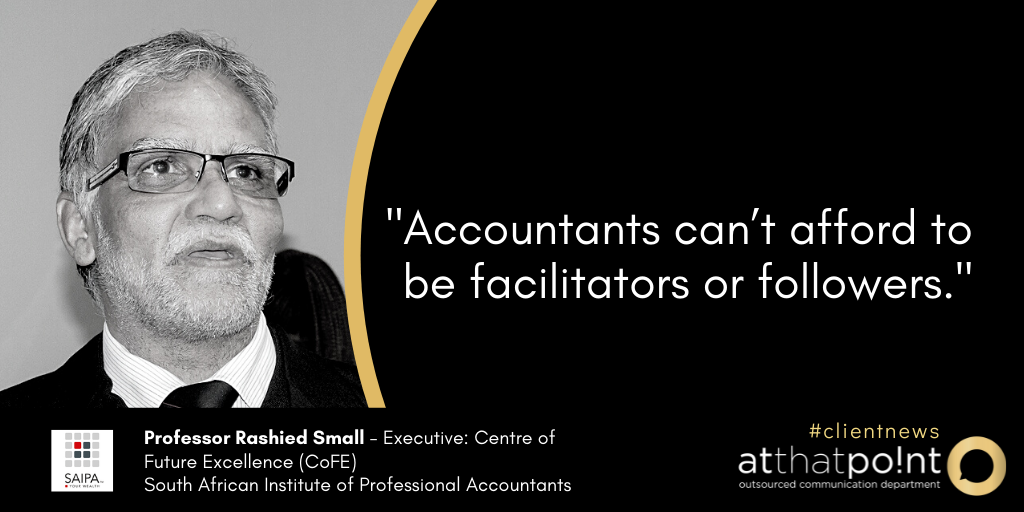|
Authored by; Walter Ehrlich, IRMSA Risk Intelligence Committee Member
COVID-19 is a numbers game and only a strategic response can alter the numbers. That is true for the country and for your organisation. If your only focus regarding COVID-19 is to look at operational crisis management you need to rethink your approach. The war against COVID-19 must be fought by understanding the numbers and responding to them strategically. If your organisation does not yet have an infection, based on probability, it is only a matter of time before your first employee is infected with COVID-19. How you respond to that event operationally is important. However, how you respond to the day-to-day growth in the transmission rate, that will inevitably follow, is of greater strategic importance. This is the battlefield on which your organisation will win or lose the war against COVID-19. Your organisation must establish upfront trigger points and actions that will come into effect immediately upon the trigger point (a pre-set number) being reached. At that stage hours will become critical and you certainly won’t have the luxury of time to deliberate and write long motivations to leadership. Exponential Growth The phrase is familiar to us but do we recognise what it means? As risk managers we must understand what exponential growth is, where it comes from, what it implies, and when it stops? Only then can we advise our organisations on how to respond to COVID-19 strategically. Trust me, I am neither a scientist nor a mathematician but I have made a point of gaining a layman’s understanding of the topic which I want to share with you. The following resources are useful to gain an understanding on the topic of exponential growth: The essentials you need to know are that:
We need to make difficult decisions to make a positive contribution to bring the national, and in time your own, inflection point forward, even if it impacts on your business objectives. There is no question that there are downsides to implementing certain strategies and every organisation, public and private, is grappling to strike a balance between fighting COVID-19, protecting employees, and running an effective organisation. We cannot expect government to solve the problem on its own. Every organisation, public or private, including your organisation must take strategic action to slow down the risk of transmission. ENDS MEDIA CONTACT: Rosa-Mari, 060 995 6277, [email protected], www.atthatpoint.co.za For more information on IRMSA please visit: Website: https://www.irmsa.org.za/ Twitter: https://twitter.com/IRMSAInsight Facebook: https://www.facebook.com/IRMSAInsight/?ref=hl LinkedIn: LinkedIn: https://www.linkedin.com/company/irmsa-institute-of-risk-management-sa//
0 Comments
Created by; IRMSA Associate Member, Renisha Rajpaul
The World Health Organisation declared the Coronavirus as a global health emergency, urging that the global community should demonstrate solidarity and cooperation in responding to the outbreak. At time of writing this report, the coronavirus had infected close to 95,000 people, the vast majority of them in China, killed more than 3300 and spread to almost 30 countries. In addition to the health risks, the virus could potentially poses various business risks similar to the SARS outbreak in 2003 which had a global economic impact of around $53 billion. Impact of Coronavirus: China is currently the world’s second largest economy and central to a diverse range of global supply chains. In an effort to contain the spread of the virus, the Chinese government has imposed restrictions on the movement of people which has resulted in manufacturing disruptions, shipping restrictions and international travel bans. In South Africa the officials have responded by establishing a specialised task team to prevent the spread of the virus, heightening screening at national ports and issuing clinical guidelines for health workers and citizens. Due to globalisation and the interdependency on China, which is a critical trade partner for Africa, leaders in Africa must understand how the pandemic will affect their organisations and put into place the measures to manage the impact. Risk management professionals must begin to engage their stakeholders and sensitize their boards on the impact of the outbreak (direct and indirect). Vodacom, a leading telecommunication provider with presence in over 50 countries offering services to 110 million customers, conducted a high-level impact assessment on how the consequential effects of the Coronavirus could have on South African businesses. Supply Chain Management · Unavailability of spares and consumables to carry out required maintenance and upgrades. · Failure to deliver on key strategic initiatives. · Delays or failure to import and export goods and raw materials. · Relying on ‘force majeure’ when contravening service level agreements. · Inability to maintain equipment and/or vehicles. · Declining stock levels. · Slow-down and halt of production lines. · Negative customer experience. · Revenue loss. · Job losses. · Increase in bad debts due to inability to pay financial commitments. Professional Services · Inability to source professional services from affected regions due to travel restrictions. · Disruptions to international shared service centres. · Business disruption due to no or slower maintenance and /or support by international shared services. · Increased reliance on local shared services. · Increased cost. · Negative customer experience. · Reputational damage. Sales and Distribution · Inability to import goods, devices and accessories to meet market demand. · Inability to maintain competitive edge if organisation is dependent on imported items. · Inability to grow and/or maintain market footprint. · Declining stock levels. · Revenue loss · Negative customer experience · Job losses. · Reputational risk Macro-economic Conditions · Decreasing macro-economic conditions can weaken consumer spend. · Increasing operating costs and capital expenditure. · Revenue loss · Increased operational costs Adverse Political Measures · High global dependency on Chinese goods could potentially result in increased sanctions and trade controls. · Constraint movement of key equipment · Travel restrictions, visa and work permit limitations · Inability to source key skills that are obtained globally. · Xenophobia and social unrest. Tourism · Decline in South African tourism income because of movement restrictions (SA received 95,000 Chinese tourists last year) · Inability of informal / small business sectors to continue operations with a dramatic decline in tourist visitors. · Declining revenue in whole of hospitality sector. · Reduced economic growth. · Loss of income for SMEs and Entrepreneurs · Increase in unemployment Global Economic Downturn · Tough trading conditions constraining trade and investment. · Global slowdown in economic growth. · Slowdown in economic activities. · Potential economic crisis like in 2008. · Over-indebted consumers and companies. · Increase in bad debts due to inability to pay financial commitments. · Job losses. Strained Monetary Policy · Excessive capital/cash injection by central banks are required in order to sustain the economy. · Lower interest rates resulting in slower economic growth. · Potential economic crisis like in 2008 · Deflation (too many rands chasing too few goods) · Job losses. Public Hysteria · Unpredictable reaction of people when confronted with a crisis. · Deliberate or accidental spreading of fake news. · Deliberate bypassing of quarantine requirements. · Panic and fear (real or unfounded). · Endangering public safety by not adhering to quarantine or reporting requirements. · Riots and strike action. · Increase in xenophobia incidents. · Damage to property. · Loss of productivity due to staff remaining home. · Customer service impact. · Loss in revenue. Labour restrictions · Restriction on movements of “blue collar workers”, especially in other African countries. · Restrictions on Chinese contract workers deployed to projects in Africa. · Delays in completing projects on time. · Increased cost due to delays and potentially having to source alternative contractors. · Work permits being revoked/expired due to restrictions on movement. · Negative perceptions and xenophobic behaviour against all Chinese people. Potential Responses Strategies
MEDIA CONTACT: Rosa-Mari, 060 995 6277, [email protected], www.atthatpoint.co.za For more information on IRMSA please visit: Website: https://www.irmsa.org.za/ Twitter: https://twitter.com/IRMSAInsight Facebook: https://www.facebook.com/IRMSAInsight/?ref=hl LinkedIn: https://www.linkedin.com/company/irmsa-institute-of-risk-management-sa/ Authored by: Chris du Preez, IRMSA Associate
The World Economic Forum (WEF) recently released their 2020 Global Risk Report, the 15th report since its first issue in 2006. There has been an evolving risk landscape from 2007 to 2020, with Environmental Risk first appearing in 2011 in forms such as: Storms & Cyclones, Flooding, Biodiversity Loss and Climate Change. In 2012 the effect of Greenhouse Gas Emissions appeared and by 2013 the risk of Climate Action Failure was first mentioned, remaining one of the Top 5 Global Risks since then. Since 2017 at least three forms of Environmental Risk appeared in the Top 5 Global Risks according to either Impact or Likelihood. And for 2020…the Top 5 Global Risks Overall are ALL Environmental Risks: 1. Extreme Weather 2. Climate Action Failure 3. Natural Disasters 4. Biodiversity Loss 5. Human Made Environmental Disasters Even more alarming, Environmental Risks exceed even the threat of Cyber Attacks, which has been expected to be at least in the top 5 risks. The effect of climate change is striking much harder and more rapidly than many had expected. The last five years are on track to be the warmest on record with natural disasters becoming more frequent and more intense. The Daily Maverick reported on 10 February 2020 that an Argentinian research thermometer took a reading of 18.3 °C for Antarctica – the hottest temperature on record, surpassing the previous hottest recorded temperature by 0.8°C. Alarmingly, climate experts estimate that global temperatures are on track to increase by at least 3 °C by the end of the century, twice what was previously warned to be the limit to avoid the most severe economic, social and environmental consequences. The BBC reported that as on 31 January 2020, the Australian Wildfires have destroyed more than 11 million hectares of bush, forest and parks across the Australian continent. At the same time, Canberra has seen some of the worst smoke pollution, with air quality rated the third worst of all major global cities on 3 January 2020, according to Swiss-based group AirVisual. One of the world’s largest fish, the Chinese Paddlefish, has officially been declared extinct National Geographic reported on 8 January 2020. The increased demand for energy did not help the situation either, with coal power plants built in Asia in the last decade accounting for nearly one-third of the total increase in CO2 emissions in 2018. Environmental Risk is very real and the established systemic risks even worse: • Loss of life • Increased stress on ecosystems • Food and water crisis’s • Increased migration • Worsening geopolitical tensions • Increased economic and capital market pressures • Disruptions to trade, labour and supply chains The increased awareness of Environmental Risk resulted in the establishment of the Paris Agreement that, with 195 signatories, became effective since 4 November 2016. However, in the transition to a cleaner and greener future, there are also transitionary risks to consider on the technological, societal and economic front. Today’s youth increasingly demand jobs that are compatible with their concerns about climate change, and without strong environmental credentials, many companies may struggle to attract top talent in the future. Additionally, there are concerns that this specific multilateral process mandated to address climate change loses momentum and action on climate stalls. The next 10 years will shape the outlook for climate risk for the rest of the century. To avoid the worst consequences, global emissions need to peak almost immediately and decline precipitously—by 7.6% each year between 2020 and 2030. This implies an additional US$460 billion a year of clean energy investment over the next decade. The silver lining, however is that the generation of clean energy is increasing and at the same time getting cheaper and creating new job opportunities. The cost per unit of electricity from onshore wind and photovoltaic solar power plants has dropped by about 70% and 90% respectively over the last decade. Our job as risk managers is to ensure that we use our influence in the various communities we operate in (Climate Change Bill etc.) to ensure that the correct decisions are made and the risk of a worsening environment mitigated to ensure a cleaner, greener and sustainable earth for our future generations. ENDS MEDIA CONTACT: Rosa-Mari, 060 995 6277, [email protected], www.atthatpoint.co.za For more information on IRMSA please visit: Website: https://www.irmsa.org.za/ Twitter: https://twitter.com/IRMSAInsight Facebook: https://www.facebook.com/IRMSAInsight/?ref=hl LinkedIn: https://www.linkedin.com/company/irmsa-institute-of-risk-management-sa/ |
Welcome to the IRMSA Newsroom
Archives
December 2020
Categories
All
|




 RSS Feed
RSS Feed